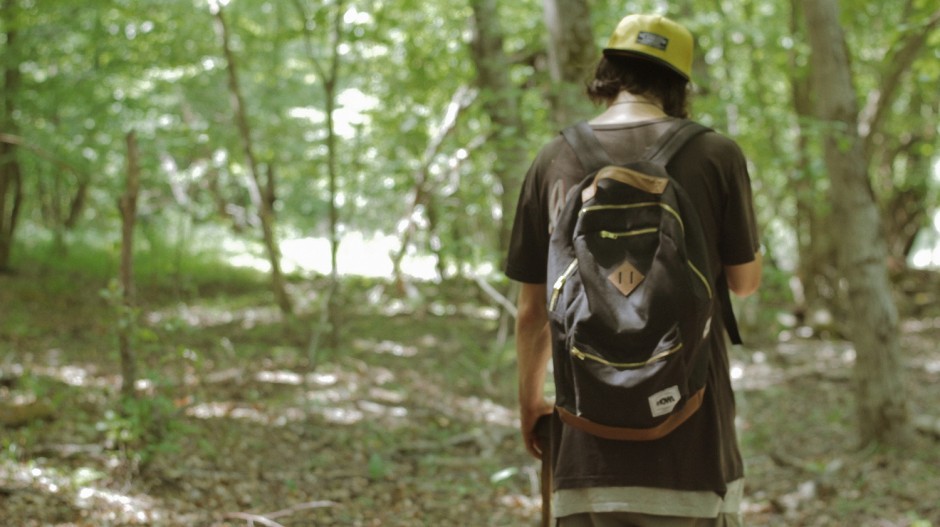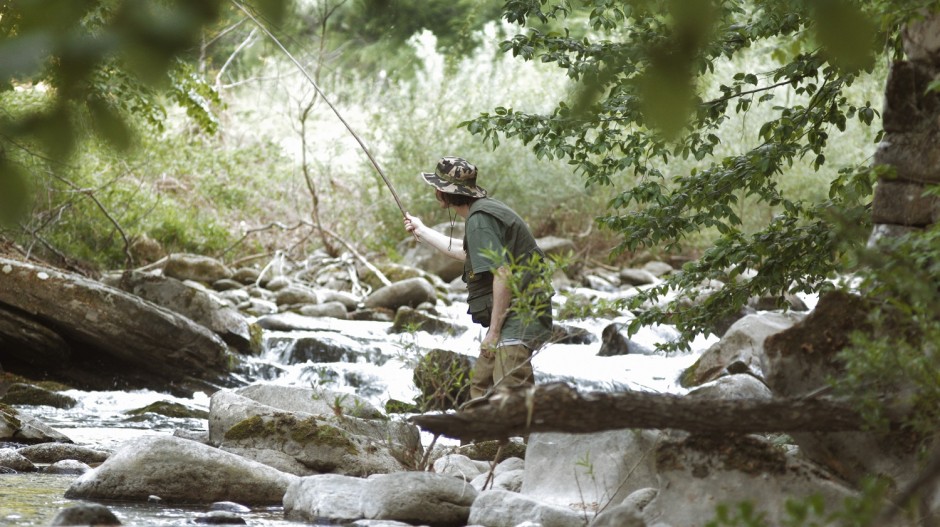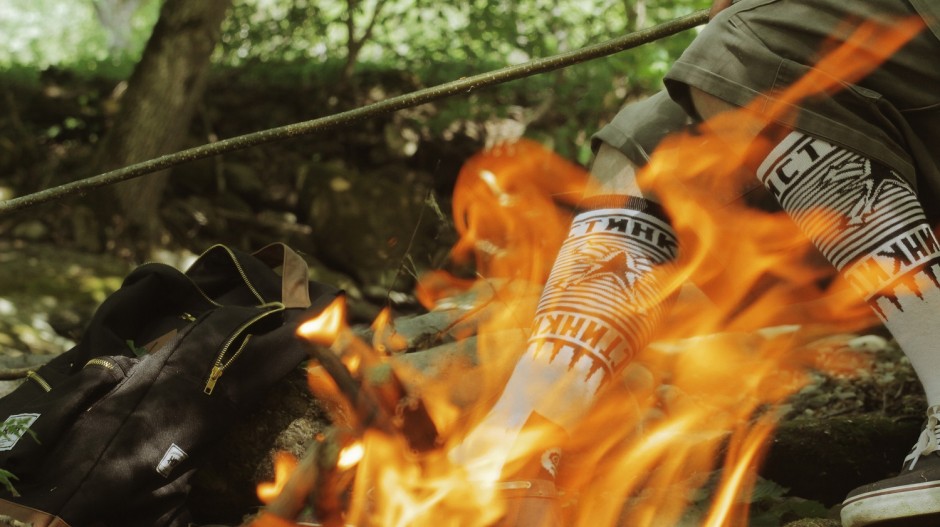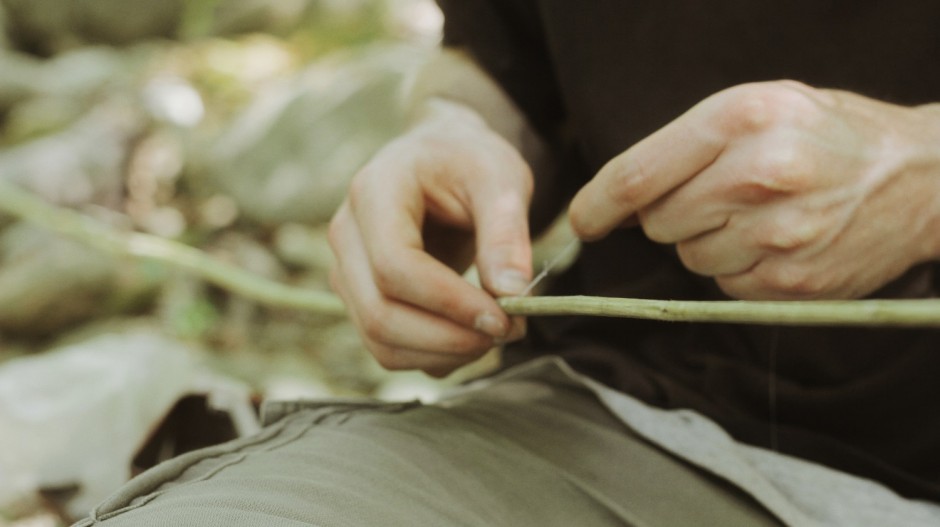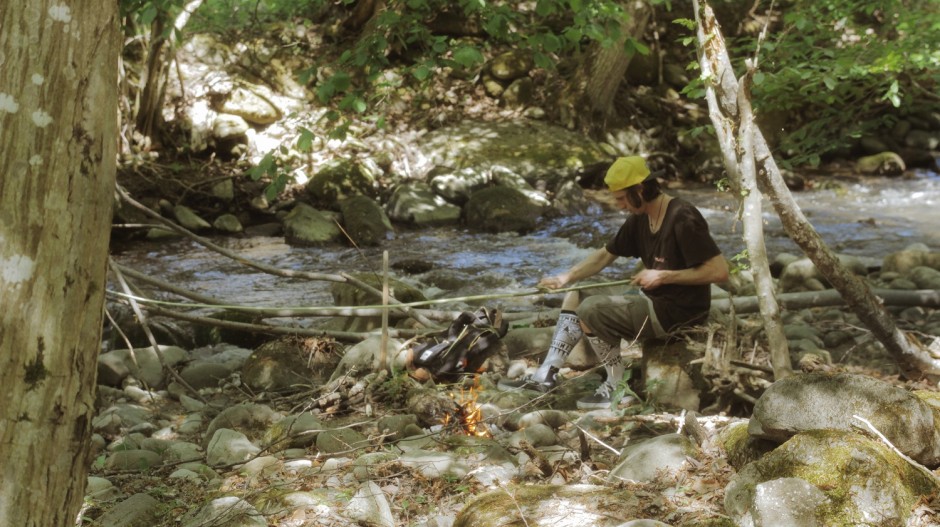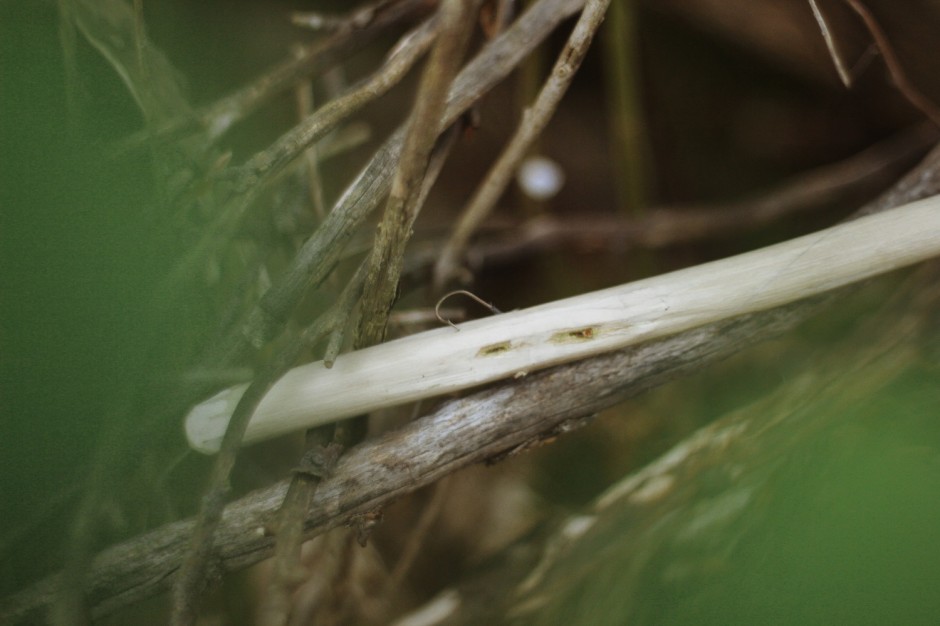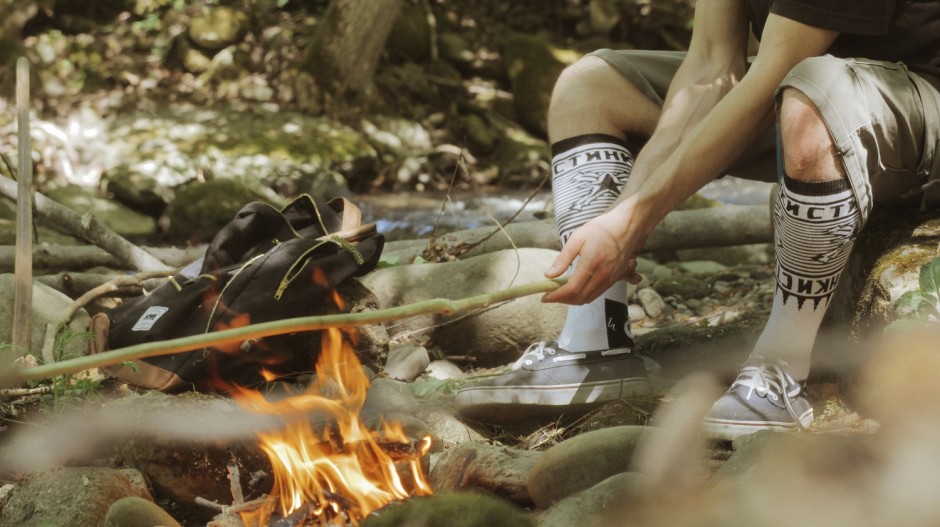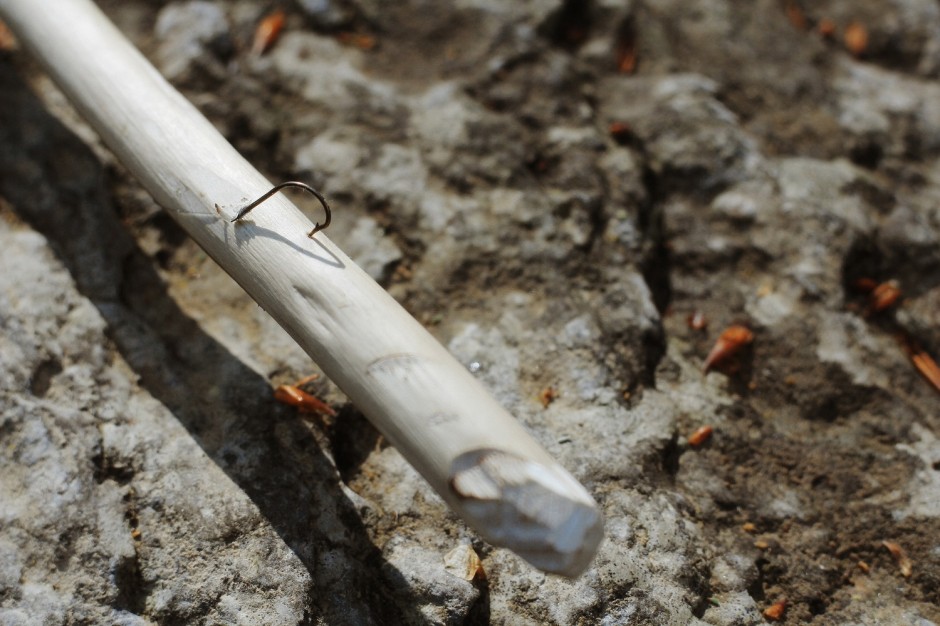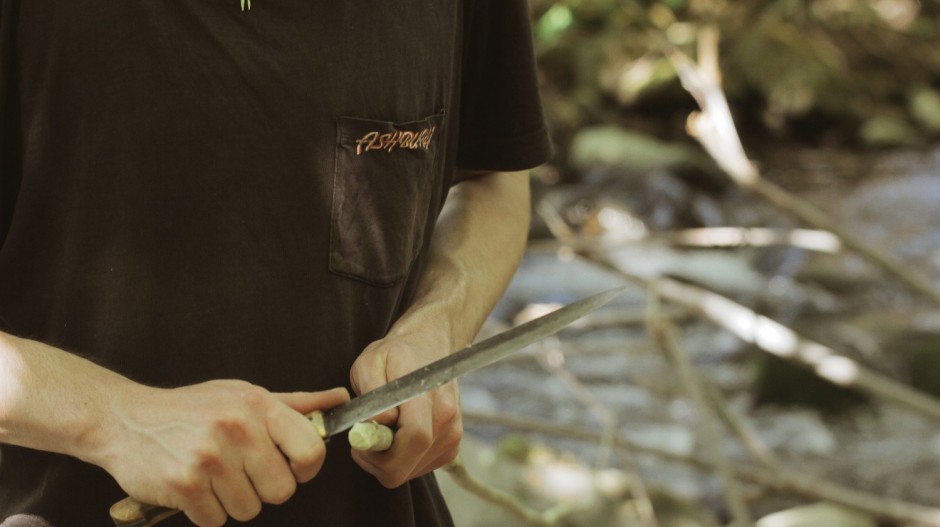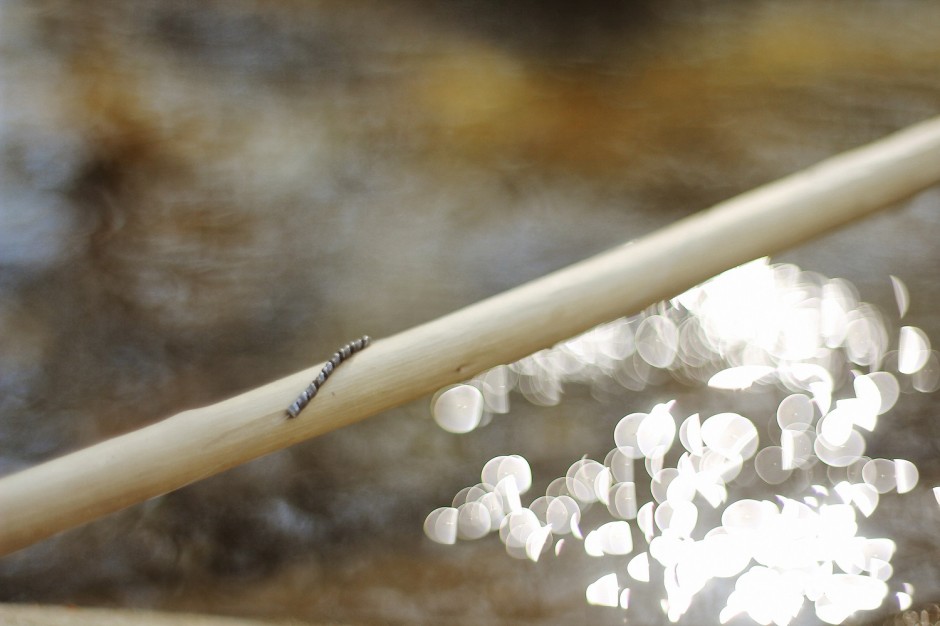The method has been invented many years from now by poachers who were fishing in the restricted areas. As they couldn’t attract attention caring fishing rods, they started to make their own rods from hazel trees and small items hidden inside secret pockets.
The rods were easy-to-make and practically untraceable as it was easy to hidе them in the forest for future use. The only disadvantage was they were hard to use. If poachers wanted to actually catch something, they had to improve their skills. They had to be extremely quiet, while hiding behind rocks and trees. Nevertheless the method carried a bit of a charm with its absolute freedom and feeling of being close to nature.
Maybe that is why the method is still alive. Or maybe it is because in times of password protected content and high-tech devices, it appears it is still possible to make your own working device, which allows you to avoid the law restrictions and pushes you to become better, quieter, and more experienced.
Тази икономична идея се ражда преди години, за да могат бракониерите да ловят риба в забранените райни. Тъй като не можели да се разхождат с въдица в ръка, започнали да си я правят сами в гората от лескови дръвчета и малки такъми, скрити дълбоко в тайни джобове.
Въдиците се правели лесно, но най-доброто им качество било, че бракониерите можели да скрият готовата въдица в гората и да я използват отново следващия път. Единственият недостатък на този начин на риболов бил, че са доста по-трудни за употреба. Ако искали все пак да хванат нещо, бракониерите трябвало да се научат да бъдат изключително тихи и незабележими, докато се крият зад дървета и камъни.
Въпреки трудностите методът се радвал на популярност заради абсолютната свобода и заради усещането да бъдеш част от природата. Сигурно затова той все още е жив, а може би и заради това, че във време на правила, пароли, джаджи и интернет, все още има начин да създадеш сам устройство, което работи.
To make a rod you first need to find a young hazel tree. Then the stick you’ve chosen needs to be carefully peeled and dried. You can start a fire and use it to dry the stick. It will make it stronger and more flexible, while creating a camouflage effect to hide your rod from the fish. Tie the line at the top of the rod having in mind you need it to be as long as the stick itself. At the end of the line, tie up a hook and the lead weight. Since the trout you want to catch is a predator, you need to use natural bait — a worm will do it just fine. Now you just need to know the river, where the fish lives, exercise it millions of times and you’ll be fine. If you just want to look at someone who did it, enjoy the video bellow.
Сега просто трябва да познавате добре реката, където искате да ловите риба, да се упражнявате милиони пъти и всичко ще е наред. А ако не ви се занимава, просто гледайте видеото.
